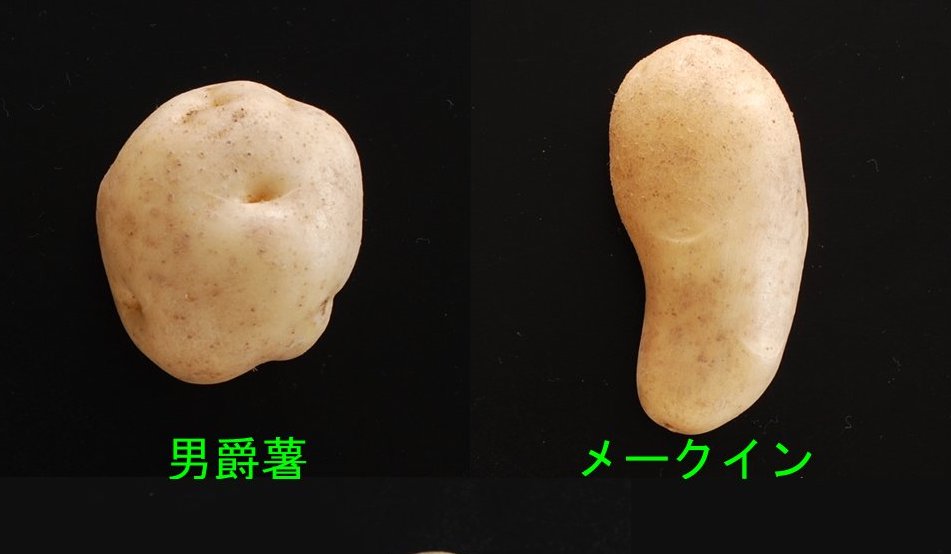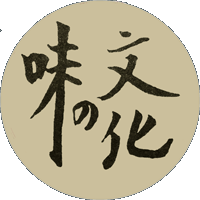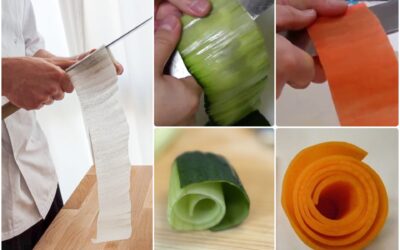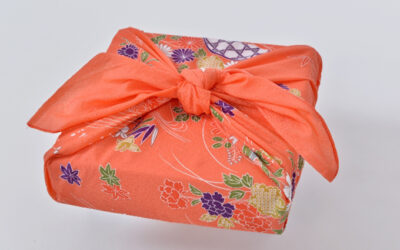
PROJECT Potato
Most white-fleshed potatoes generally fall into either of two categories: fluffy OR waxy.
Fluffy potatoes are high-starch and tend to crumble when simmered; they are perfect for mashing, and when making korokke (croquettes). The Japanese often describe these dishes as hokahoka (“steaming hot“). The most commonly available high-starch potato in Japan is DANSHAKU (男爵) — pictured above, to the left. These fluffy spuds are also good prepared as MISO KAMPURA.
Waxy potatoes are lower in starch. When you want potatoes to hold their shape and not crumble — many curries, stews and some potato salads — are best made with waxy spuds such as MayQueen ( メークイン) pictured above to the right. Dishes made with waxy potatoes are often described as shittori or moist.
Chips and fries can be made with either type of potato but tend to be crisper, crunchier if high starch spuds (such as danshaku) are used.
Try making potato dishes with both kinds of spuds.
Learn about Japan’s Potato Lingo & Lore by visiting my Kitchen Culture blog.
Read my November 2023 newsletter.




